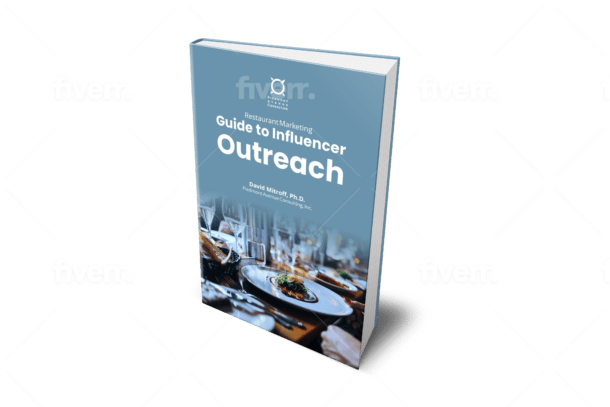What do workers want now that they didn’t ask for ten years ago? That question keeps a lot of executives up at night. Not because the answers are hard to find, but because they keep changing. What satisfied a team in 2014 now feels stale. In this blog, we will share how companies can keep pace with shifting workforce expectations without losing sight of performance, purpose, or profitability.
The Workforce Isn’t Quietly Quitting Anymore—It’s Speaking Loud and Clear
Some say the Great Resignation came and went. Others argue it never really ended, just evolved. Either way, the workforce didn’t go back to business as usual. The pandemic reshuffled values. Workers began choosing flexibility, autonomy, and meaningful work over rigid schedules and performative productivity.
These weren’t fringe demands. They became center stage. And companies that clung to pre-2020 policies now find themselves explaining empty seats in office parks that used to be bustling. One of the clearest signals of this shift is how career paths are evolving. Ten years ago, “climbing the ladder” often meant relocating, working overtime without question, and adopting whatever corporate culture was handed down. Now, employees want something that aligns with their values, time, and long-term growth—even if it means switching fields.
The surge in interest around programs like an MBA in HR Management online highlights how professionals are reshaping their career strategy. Take William Paterson University’s Cotsakos College of Business, for instance. Their online Master of Business Administration with a concentration in Human Resource Management teaches professionals how to lead with flexibility and solve complex HR challenges with strategic foresight. Workers aren’t waiting for companies to change. They’re preparing themselves to lead the change from the inside.
As more individuals invest in credentials that support employee-first cultures, companies will need to look closely at how they treat their teams, not just how they manage their profit margins. Employees are no longer grateful just to have a seat at the table. They’re watching who’s building the table, how it’s being used, and whether it serves more than just quarterly goals.
Culture Is Strategy—Pretending Otherwise Is a Losing Game
Treating workplace culture like a side dish has never worked, but it’s become even more reckless in this era of open feedback, anonymous review platforms, and generational turnover. The myth that culture is a “nice-to-have” while revenue and output are the “real priorities” tends to fall apart the moment engagement tanks and attrition costs stack up.
Leadership has to understand that culture isn’t just bean bag chairs or motivational posters slapped onto white walls. It’s how people are spoken to in meetings. It’s the tone of emails. It’s whether team members feel safe disagreeing with a manager or proposing a new idea. If employees are micromanaged, excluded, or left out of key decisions, they’ll quietly find the exit—even if their paychecks are generous.
Of course, some companies try to outsource culture repair to perks. They throw in wellness stipends, free snacks, or “mental health days” while never addressing the behaviors and systems that undermine trust. The workforce notices. And they’re talking about it—on Slack threads, in exit interviews, and in public spaces like Glassdoor and LinkedIn.
Flexibility Isn’t a Perk. It’s the Default.
If you’re still calling remote work “experimental,” the workforce already tuned you out. Remote and hybrid setups aren’t fringe benefits anymore. They’re the expectation for a growing percentage of workers. Not because they want to work less, but because they want to work better.
That distinction matters. Flexibility doesn’t mean people are lazy. It means they know their most productive hours, they’re trying to avoid two hours of daily traffic, and they want their work judged by outcomes—not by whether their desk has a body in it from 9 to 5.
Yet, some managers still measure commitment by presence, not performance. They worry that people working from home are distracted, while forgetting how much time gets wasted in an office on small talk, unnecessary meetings, and long lunches. Flexibility isn’t about location. It’s about autonomy. And when workers have more control over when and how they do their work, most of them do better work.
Companies adapting to this shift are investing in infrastructure to support it. That means better project management tools, clearer documentation, asynchronous workflows, and training leaders to manage distributed teams effectively—not just tolerate them. It also means being okay with rethinking traditional milestones like “face time,” “desk hours,” or even annual reviews that don’t reflect real contribution.
Growth Is the Retention Strategy
Gone are the days when an employee would sit through three or five years at a company waiting for a promotion. Today’s workforce values development. They want to stretch, learn, and move—not just vertically, but laterally. And if they can’t do it where they are, they’ll go somewhere that offers it.
A job that doesn’t challenge you or let you grow isn’t seen as safe anymore. It’s seen as a waste of time. Growth isn’t just about sending someone to a weekend workshop and calling it “upskilling.” It’s about making learning part of the workflow. Giving people real opportunities to lead new initiatives, solve different problems, and shift roles if they’re ready.
Retention strategies rooted in growth aren’t just about keeping people. They’re about respecting ambition. If an employee expresses interest in a different department, the answer shouldn’t be “we’ll see next year.” It should be “how can we make that transition real?”








